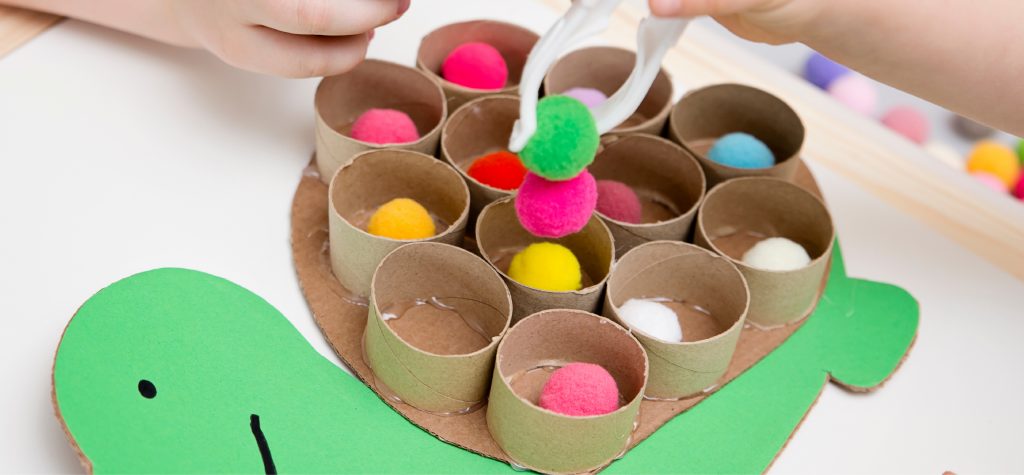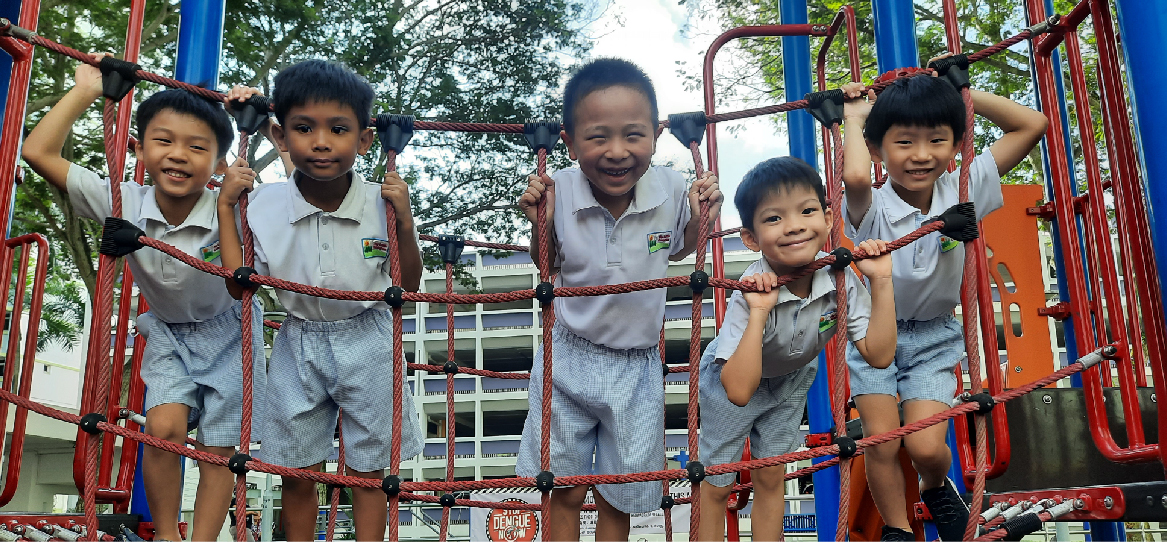September 1, 2025
How Do Multisensory Activities Boost Your Child’s Cognitive Skills?

If you’ve been looking for ways to support your child’s cognitive growth, you’ve probably run into the proposition to use multisensory activities. The question is, do they actually work?
Generally, early childhood educators agree that multisensory learning for preschoolers is helpful. The benefits of sensory activities range from enhancing focus to supporting problem-solving abilities.
If that’s piqued your attention, read on. We’ll share more about how to improve cognitive skills in a child with various types of multisensory activities.
What Is Multisensory Learning?
Multisensory learning is when a child’s learning experience involves engaging multiple senses at the same time.
For example, an activity may require your child to both listen and touch. Or your child may need to move and see. That means more than one sense is engaged during the experience.
There are a variety of multisensory learning activities, including fine motor sensory activities. Different children may have different preferences for them, depending on which senses those children favour.

Why Is Multisensory Learning Important?
A good bit of research suggests that multisensory learning benefits children’s education. For instance, the ADHD Foundation asserts that multisensory activities encourage children to form stronger connections or links for ideas and memories.
This is critical when a child is at preschool age (0 to 6 years). At this age, children’s brains develop rapidly. They can create millions of neural connections per day!
By reinforcing those connections, multisensory learning also aligns with modern early childhood education approaches. Consider play-based learning, for example.
Play-based learning emphasises hands-on exploration, which employs several senses at once. Multisensory learning ties into this naturally, as a result.
Key Benefits of Sensory Activities for Cognitive Development

1. Enhances Focus and Memory
By engaging multiple senses at once, multisensory activities can help children keep their attention on an idea or goal. It feeds more than one stream of stimulation to them, after all.
Think of activities where children are encouraged to sort items by category. Do they feel rough or smooth? Look blue or red? Sound hollow or solid? These become crucial points of interest and stimulation that help sustain children’s focus.
At the same time, children can retain the information they glean longer. As mentioned earlier, multisensory activities tend to lead to stronger connections for ideas.
For example, teaching a child the shape of the letter J can be paired with the experience of writing it. Some teachers will even add the act of pretending to shape it with a wave of their hands in the air.
That allows a child so many “hooks” to use to remember the shape of the letter. From the visuals of it to the tactile feel of writing or shaping it in the air, all of those are scaffolds for memory!
2. Strengthens Problem-Solving and Planning Skills
Activities such as simple puzzles or matching games can be multisensory too. For example, think of one where they need to dig into a box of pasta to find the hidden puzzles within.
The children need to use their sense of touch to find the differently shaped pieces amidst the macaroni in the box. And then, after retrieving them, they can use their sight to fit the puzzle pieces to each other and form the picture!
This is actually a form of problem-solving. It teaches children how to employ various tools at their disposal (like touch and sight) to solve a riddle.
Such activities can also become stagegrounds for developing planning abilities. The children might learn to delay putting together the puzzle until they’ve retrieved edge pieces, for example, that could serve as “foundations”.

3. Supports Language Development and Communication
Multisensory activities can sometimes include tasks to talk, listen, or follow instructions. All of those naturally support language development.
A great example that we often use at My Little Campus is interactive storytelling. In it, we combine a variety of sensory inputs to provide an experience as fun as it is illuminating for little ones.
They get visuals with props and roleplay, sounds through dialogue, movements through gestures, and more. In the process, they also learn to grow their vocabularies and verbal expression.
4. Boosts Socio-Emotional Development
Group multisensory activities are especially good for this. Collaborative sand play and group music-making are examples.
Such activities promote emotional awareness as the children work together to realise their goals. At the same time, they discover how to cooperate and share with others.
These are experiences that build emotional intelligence as well as social skills – both of which will be critical for the children’s future relationships and emotional resilience.
5. Supports Different Learning Styles
As mentioned earlier, different children will favour different senses. The beauty of having multisensory activities is that you offer more options for each learner!
Multisensory activities accommodate the differences among children’s preferences by offering several pathways for learning. This is especially important for preschoolers because in these early years, children’s dominant learning styles may not be clear yet.
Incorporating Multisensory Activities at Home
Want to try bringing multisensory learning into your home? Fortunately, it doesn’t require elaborate planning or costly materials. Here are some recommendations you can try:

Activity 1: Sensory Bins
Get a plastic bin and fill it with something safe for children to put their hands in. Uncooked rice, lentils, and pasta are favourites.
Next, bury some safe household objects in the bin, right at the bottom. Try spoons, small balls, children’s toys, and more. You can even add a scoop!
After that, just let the kids play with the bin. It’s great as a play activity and stimulates touch, sight, and sound all at once.

Activity 2: Outdoor Water Play
This one might be especially fun on a hot day, out on the balcony. Get a plastic or inflatable tub, fill it with water, then fill it with safe things for children to play with.
Children will love splashing about with the water and items, and will also begin developing scientific skills like observation. They might identify which items sink, for instance, or which ones float. They can even start observing which items absorb water and which don’t!
Offer Your Child a Multisensory Education
Multisensory activities are more than enjoyable moments for children. They’re also opportunities for foundational learning and experiences.
If you want to ensure your child reaps the full benefit of multisensory approaches in education, consider My Little Campus. We actively build it into our everyday activities, with classrooms dedicated to sensory corners and interactive storytelling sessions.
We also do outdoor exploration and have educators who guide children gently through various sensory adventures that they tie back to cognitive development. Book a tour or visit us today to see how we do this firsthand!


